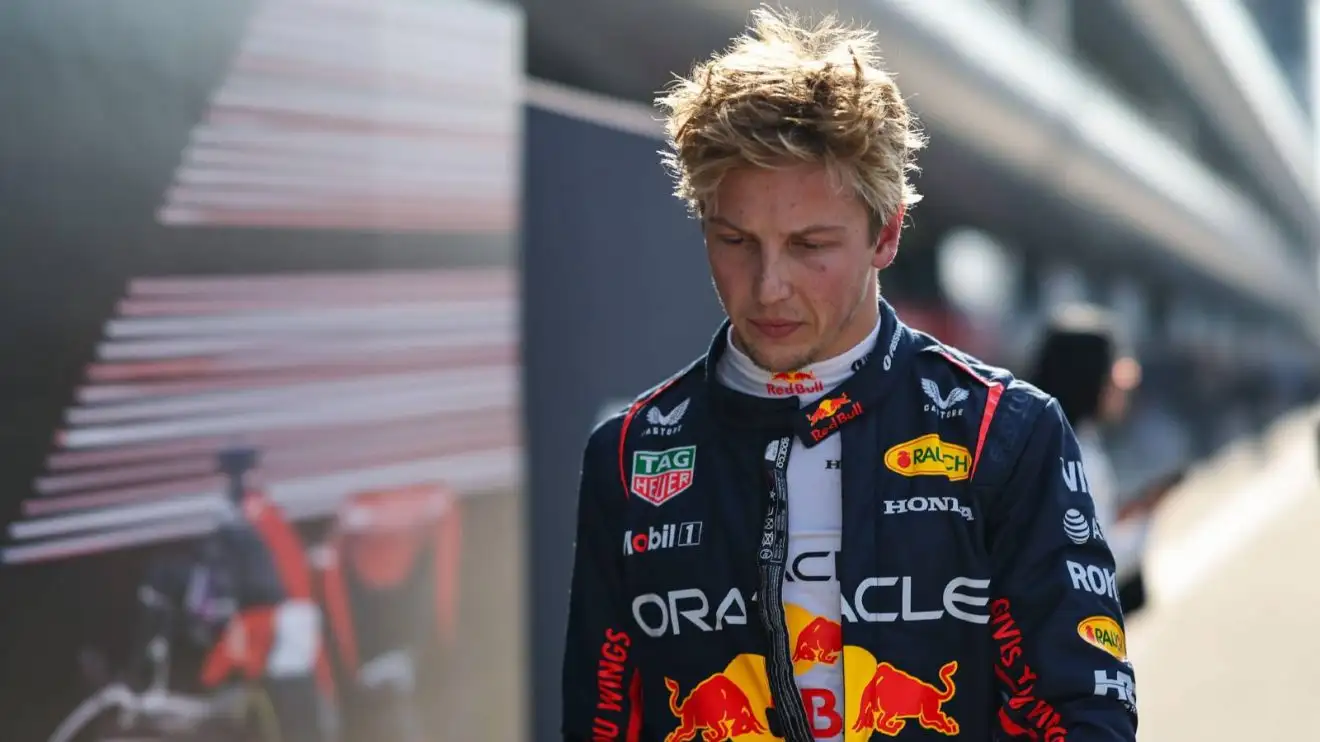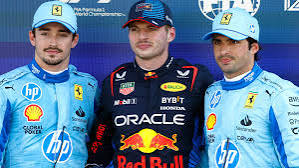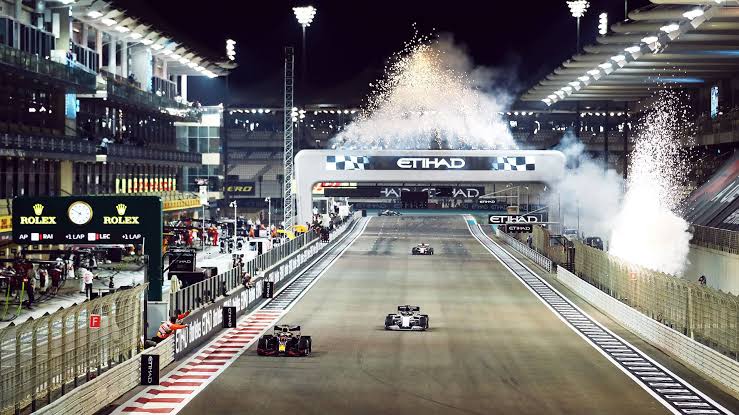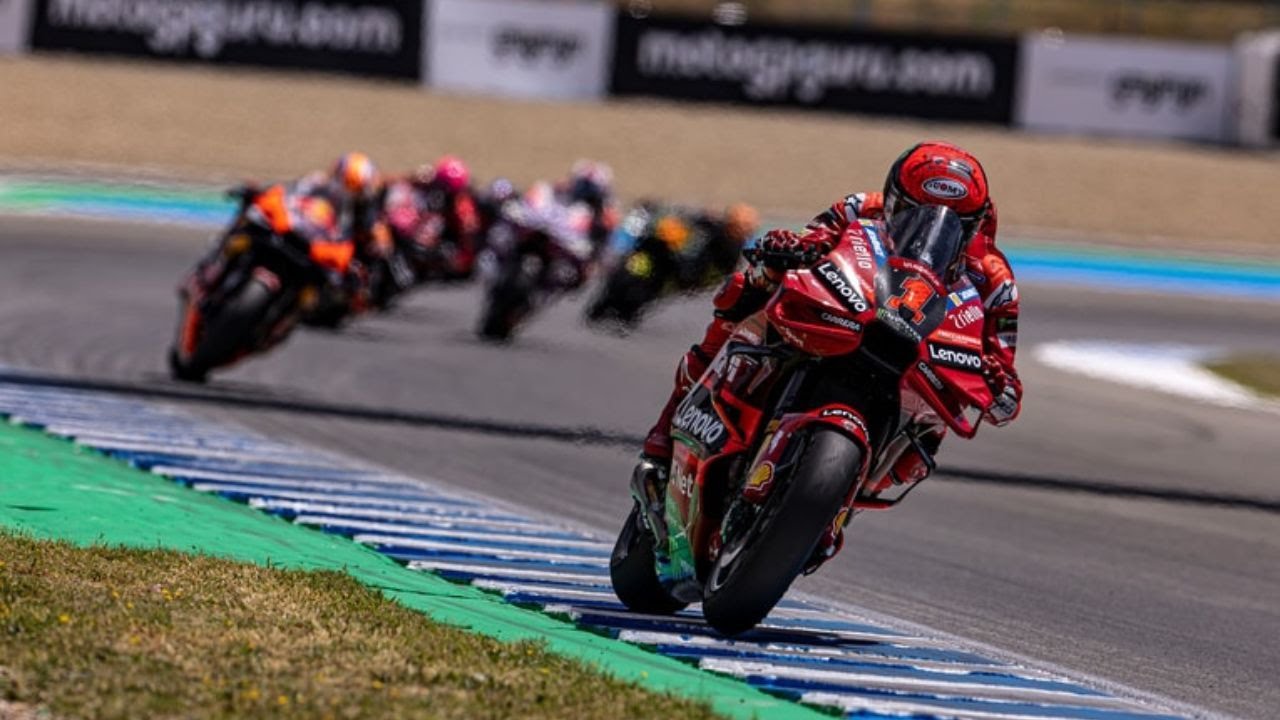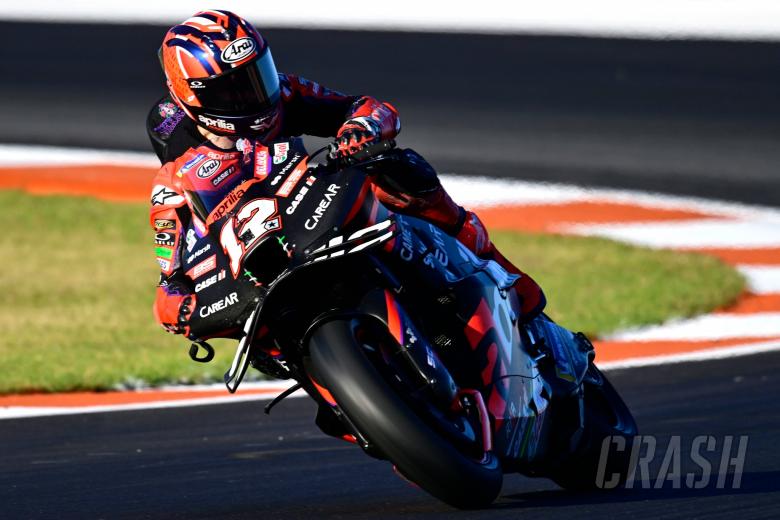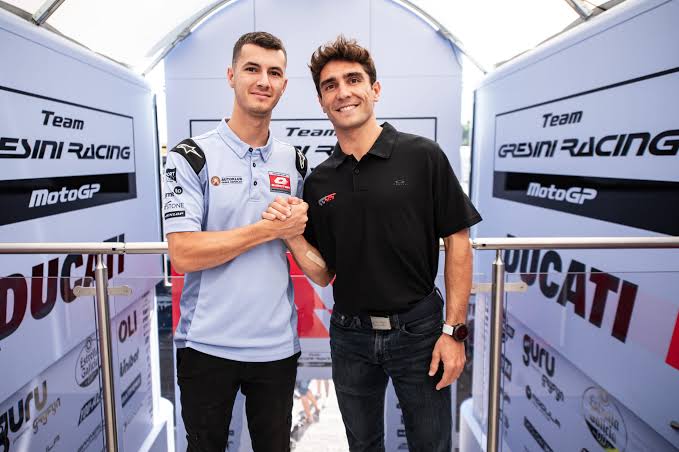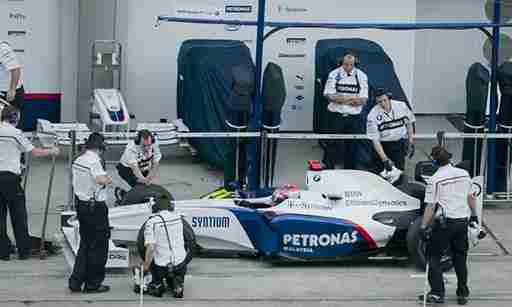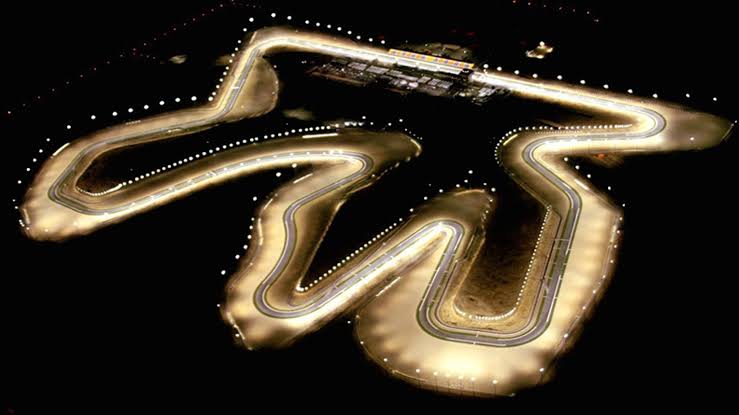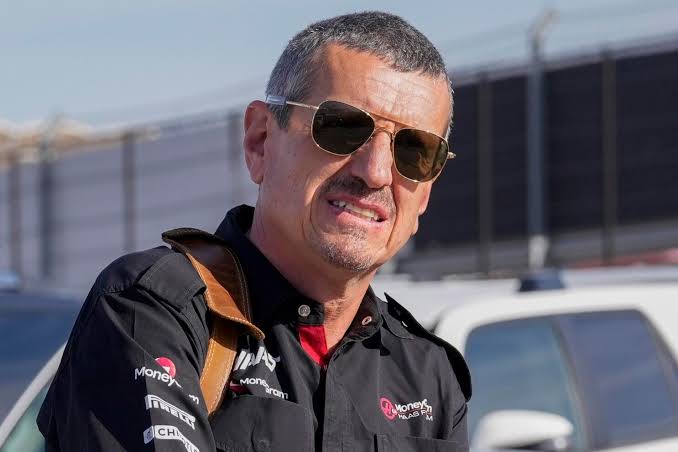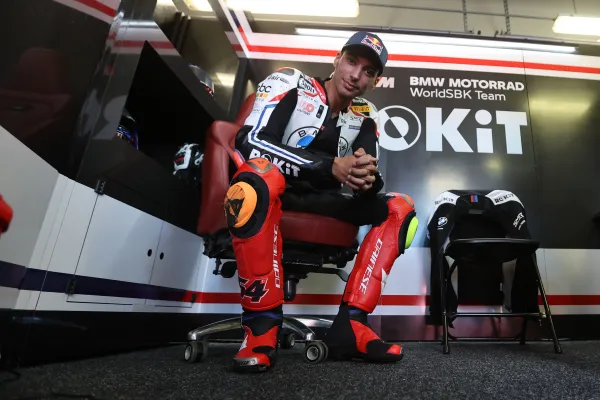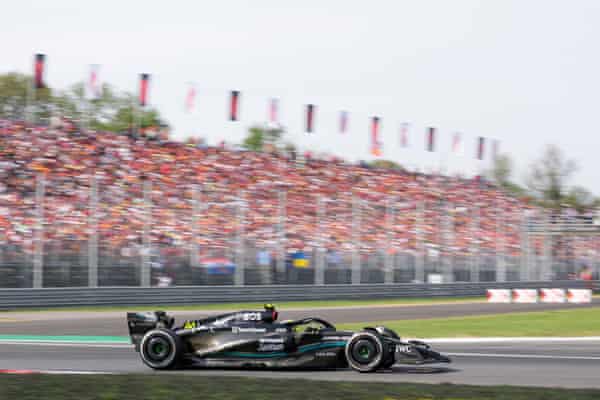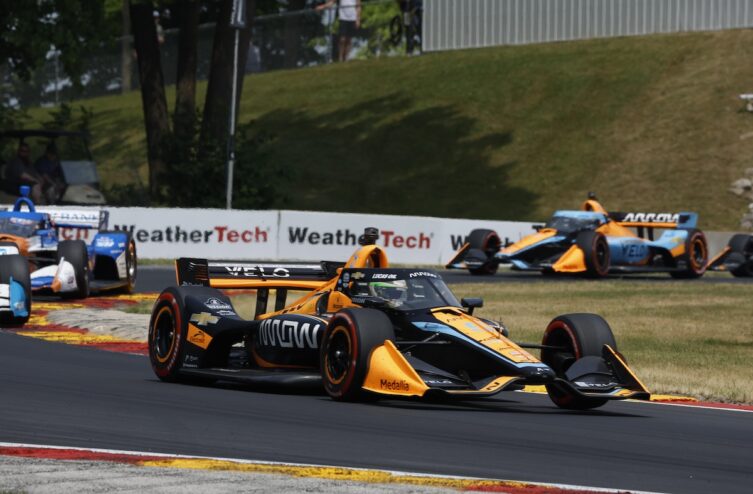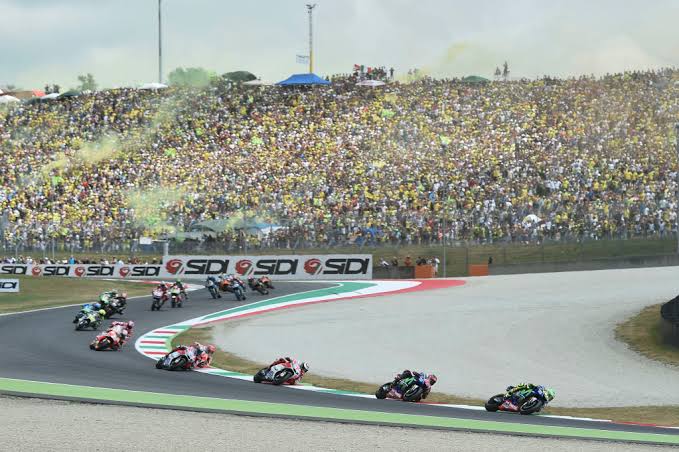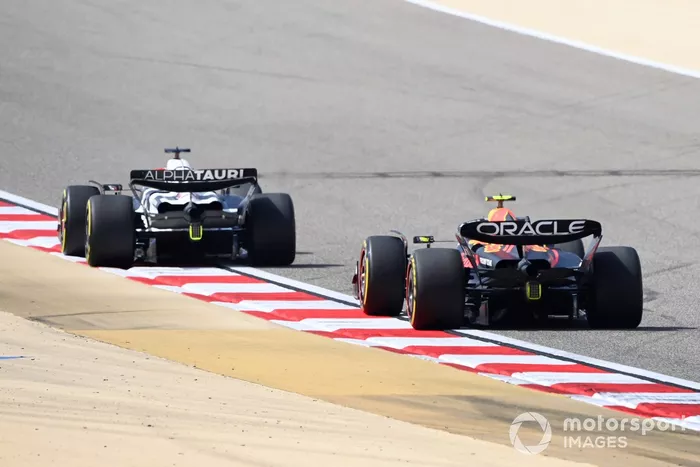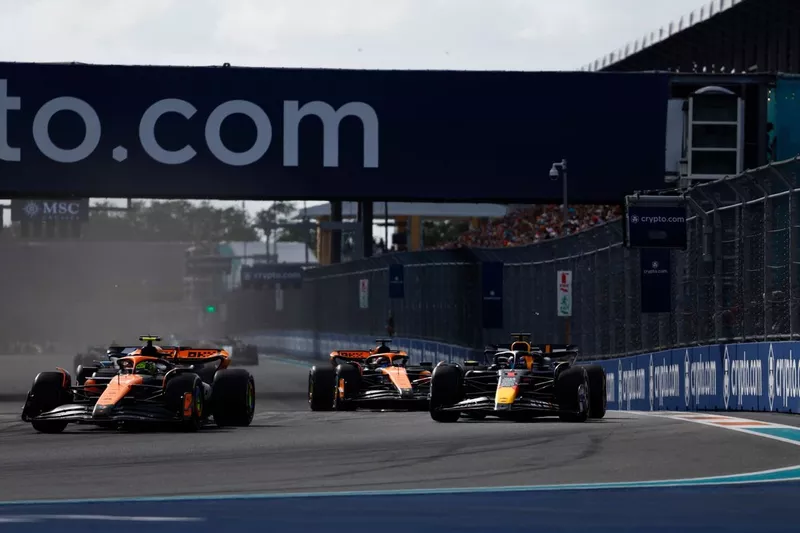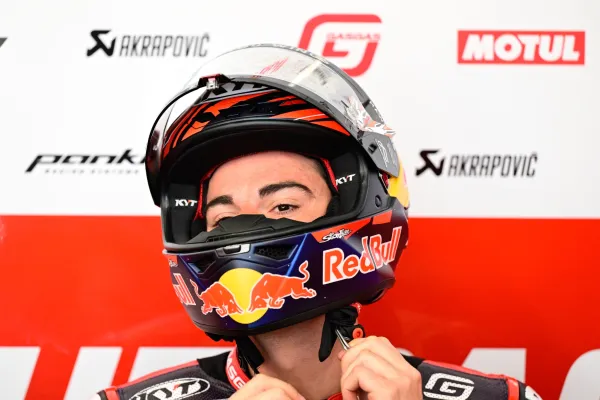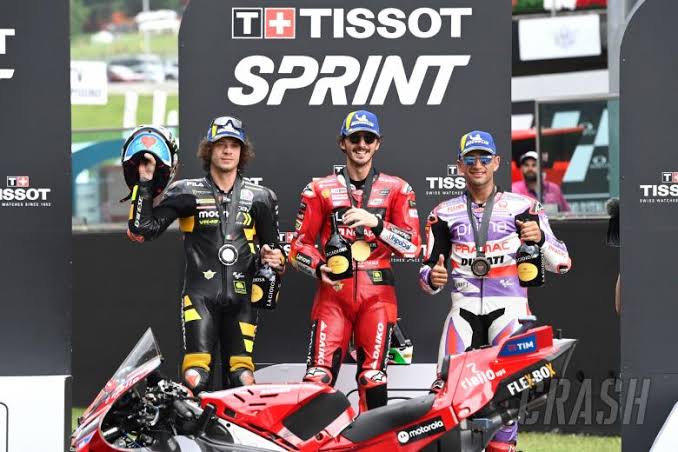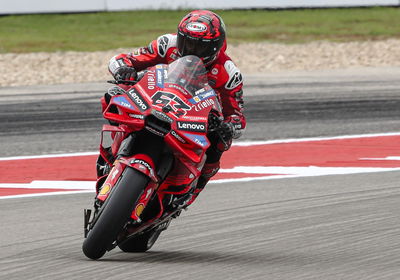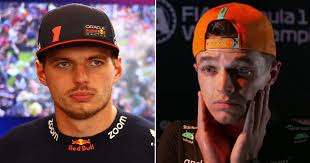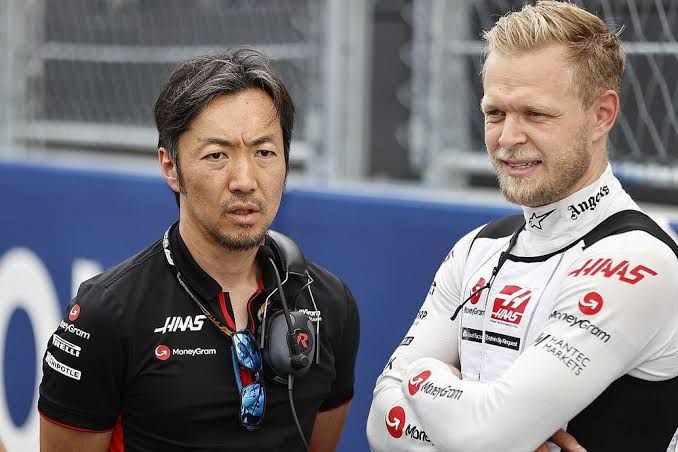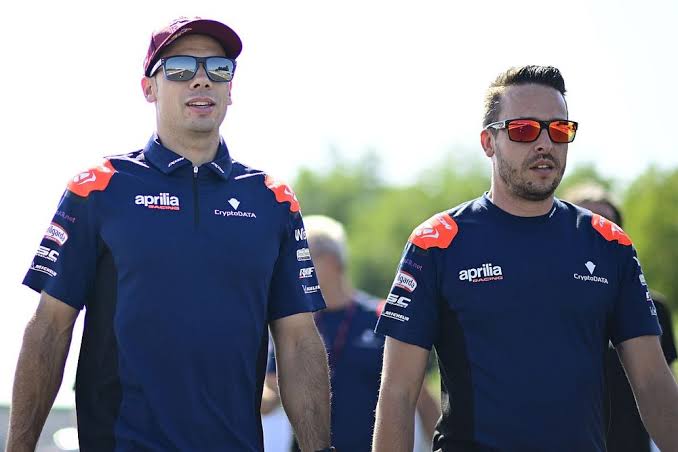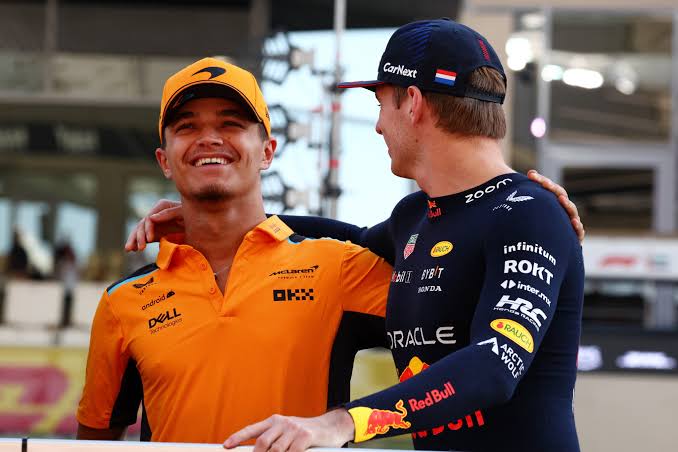Liam Lawson Reveals Shock At Red Bull Demotion As Horner Explains Decision Ahead Of Japanese Grand Prix
The Formula 1 world was left stunned when Red Bull Racing made the unprecedented decision to demote Liam Lawson back to their junior team, Racing Bulls, after just two races into the 2025 season. The New Zealand driver, who had been selected as Max Verstappen’s teammate for the campaign, has expressed his shock at the sudden move while team principal Christian Horner has defended the decision as a necessary step for both the team and Lawson’s development. This dramatic switch comes ahead of the Japanese Grand Prix, with Yuki Tsunoda stepping up to take Lawson’s place in a homecoming promotion.
Lawson’s Unexpected Demotion
Speaking exclusively to Sky Sports F1 in Tokyo, Lawson revealed his complete surprise at the team’s decision. “It was definitely a shock, honestly. It’s not something that I saw coming,” Lawson admitted, clearly still processing the unexpected career setback. The timing of the announcement left many in the paddock stunned, as mid-season driver changes, while not uncommon for Red Bull, typically come after drivers have been given more opportunities to prove themselves.
“The discussions we were having as well, I think, weren’t really leaning in this direction, so it was definitely not something that I sort of expected,” Lawson continued, suggesting that earlier team communications had given him no indication that his position was under immediate threat. This revelation points to the sudden nature of Red Bull’s decision-making process, which appears to have accelerated rapidly following the Chinese Grand Prix.
Lawson’s frustration at the limited opportunity he was afforded is palpable. When asked if he felt frustrated at not being given more time, he responded: “Honestly, yes. Obviously, I would have loved more time. And I felt like with more time, especially going to places that I’d been before… it was a tough start. We had a rocky testing. We had a rocky first weekend in Melbourne with practice. And then obviously China was a Sprint”. These comments highlight the challenging circumstances Lawson faced, including unfamiliar circuits and limited practice time.
Several hours after Red Bull’s announcement was made public, Lawson took to social media with a brief emotional message, simply stating “It’s tough”7. This understated response reflects the difficult position the 23-year-old now finds himself in, having had his dream opportunity cut dramatically short.
For an inside look at how Formula 1 teams make crucial driver decisions under pressure, check out our exclusive analysis of other mid-season driver swaps that transformed team dynamics.
The Decision-Making Process
The decision to replace Lawson came swiftly after the Chinese Grand Prix, where he qualified last for both the Sprint and the main race. Red Bull’s top executives and stakeholders convened in Dubai on the Monday following the race, and according to sources, there was unanimous consensus that Lawson would not retain his seat5.
What’s particularly notable is that even Chalerm Yoovidhya, the Thai billionaire who holds a 51 percent stake in Red Bull GmbH and is typically more reserved in F1 matters, had privately expressed concerns about Lawson’s performance. This level of concern at the highest levels of Red Bull ownership underscores the seriousness with which the team viewed Lawson’s early struggles.
The decision to make such a dramatic change so early in the season hinged on three primary considerations: enhancing performance in the second Red Bull car swiftly, aiding in car development through driver feedback, and providing Lawson with appropriate support for his long-term development5. This multi-faceted reasoning shows that Red Bull was thinking both about immediate results and longer-term career implications.
Horner’s Explanation
Christian Horner has been forthright in explaining the reasoning behind the team’s decision, emphasizing that it was made with both the team’s competitive goals and Lawson’s career development in mind. “It has been difficult to see Liam struggle with the RB21 at the first two races and as a result we have collectively taken the decision to make an early switch,” Horner stated in the team’s official announcement.
The Red Bull team principal highlighted the team’s dual ambitions for the 2025 season: “We came into the 2025 season, with two ambitions, to retain the World Drivers’ Championship and to reclaim the World Constructors’ title and this is a purely sporting decision”. This statement makes it clear that Red Bull felt they couldn’t afford to continue with a struggling second driver if they wanted to achieve their championship goals.
Horner has consistently emphasized what he describes as Red Bull’s “duty of care” toward Lawson. “We have a duty of care to protect and develop Liam and together, we see that after such a difficult start, it makes sense to act quickly so Liam can gain experience, as he continues his F1 career with Visa Cash App Racing Bulls, an environment and a Team he knows very well”. This framing attempts to position the demotion as a protective measure rather than a punishment, suggesting that allowing Lawson to continue struggling in the main team could have been more damaging to his confidence and career prospects.
The timing of the decision was particularly significant, with Horner acknowledging that they needed to act before Lawson’s confidence was completely eroded. “We had to act before Liam completely lost his confidence,” Red Bull advisor Helmut Marko added, supporting Horner’s position that the move was made with Lawson’s best interests in mind4.
Performance Analysis: What Went Wrong
Lawson’s struggles with the RB21 car were evident from the beginning of his brief tenure with Red Bull. In Australia, he suffered a turbo failure in the third practice session and couldn’t complete a single lap, which immediately put him on the back foot for qualifying and the race4. This technical issue compounded the pressure on him, leading to a qualifying position of 18th and ultimately a race-ending crash.
The situation deteriorated further in China, where Lawson qualified 20th and last in both Sprint Qualifying and the main Qualifying session6. Red Bull made significant set-up changes before the Grand Prix, which meant Lawson had to start from the pit lane. Despite these adjustments, he could only manage to finish 15th before post-race disqualifications moved him up to 12th in the final classification.
The performance gap between Lawson and Verstappen was particularly concerning for Red Bull. According to sources, data analysis from pre-season testing revealed “a startlingly large performance disparity” between the two drivers, which was not fully captured in the final testing results. This early warning sign became impossible to ignore when similar performance gaps emerged during the race weekends.
Part of Lawson’s difficulty stemmed from the challenging nature of the RB21 car itself. Helmut Marko noted that the car has a “narrow optimal operating range” that makes it difficult to drive—a problem that even the experienced Sergio Perez struggled with in 2024. This technical challenge, combined with Red Bull currently being “two to three-tenths of a second behind the leaders,” created an especially difficult environment for a driver with limited Formula 1 experience.
Curious about how other F1 drivers bounced back from unexpected demotions? Explore our comprehensive career recovery stories featuring drivers who turned setbacks into career-defining opportunities.
Red Bull’s History of Driver Decisions
Red Bull has developed a reputation for making ruthless mid-season driver changes throughout its history in Formula 1. However, even by the team’s standards, the decision to demote Lawson after just two races stands out as particularly severe and will likely be remembered as “one of the most severe decisions in the team’s two-decade history in Formula One”.
Previous notable driver swaps include promoting Max Verstappen to the main team just four races into the 2016 season, replacing Daniil Kvyat. However, that decision came after Kvyat had already completed a full season with the team in 2015, whereas Lawson’s opportunity was cut short after just two race weekends5.
The team’s approach to driver management has often been characterized as ruthless but effective, with a clear focus on maximizing performance rather than providing extended opportunities for drivers to find their feet. This philosophy has helped Red Bull maintain its competitiveness at the highest level, but it also creates an extremely high-pressure environment for younger drivers who know they must perform immediately or risk losing their seat.
Marko’s Perspective and Lawson’s Future
Helmut Marko, Red Bull’s influential advisor, has attempted to provide some reassurance about Lawson’s future prospects despite the demotion. “In this context, we must not forget that his career is not over,” Marko stated, emphasizing that Lawson’s return to Racing Bulls represents a continuation of his Formula 1 journey rather than an endpoint.
Marko pointed out several positives about Lawson’s new situation: “He is back driving for the Racing Bulls, a team with a car that is always capable of scoring points; a car that is also considerably easier to drive; and, ultimately, a team where he won’t be measured against Max Verstappen”. These factors could potentially allow Lawson to rebuild his confidence and demonstrate his abilities in a less pressurized environment.
The Red Bull advisor also highlighted examples of other drivers who have flourished after being demoted from the senior team, specifically pointing to Pierre Gasly and Alex Albon. Both drivers initially struggled at Red Bull alongside Verstappen before finding success elsewhere—Gasly winning a race with AlphaTauri (now Racing Bulls) and Albon rebuilding his career at Williams. These examples suggest that Lawson’s demotion need not define his Formula 1 career if he can demonstrate resilience and adaptation.
Lawson had been elevated to Red Bull’s main team as a substitute for Sergio Pérez due to his perceived potential, despite having participated in only 11 F1 races with the junior team in 2023 and 2024. Both Horner and Marko had been convinced that the New Zealander had greater potential than the more seasoned Tsunoda and possessed the resilience to handle the pressures associated with competing alongside Verstappen. The reality proved different, but that initial belief in Lawson’s talent suggests the team may still see a long-term future for him in Formula 1.
Tsunoda’s Opportunity
While Lawson processes his unexpected demotion, Yuki Tsunoda finds himself with a career-defining opportunity. The Japanese driver has been promoted to Red Bull ahead of his home race at Suzuka, creating a potentially electric atmosphere as he makes his debut for the senior team in front of his home crowd.
Tsunoda’s promotion comes after Red Bull initially passed him over for the seat at the beginning of the season, choosing Lawson instead despite Tsunoda’s greater experience in Formula 1. This reversal represents a significant vote of confidence in Tsunoda’s abilities and suggests that his performances at Racing Bulls in the opening races of 2025 impressed Red Bull’s decision-makers.
Horner emphasized Tsunoda’s experience as a key factor in the decision: “We acknowledge there is a lot of work to be done with the RB21 and Yuki’s experience will prove highly beneficial in helping to develop the current car. We welcome him to the team and are looking forward to seeing him behind the wheel of the RB21”2. This statement places significant expectations on Tsunoda to provide valuable technical feedback that can help Red Bull address the current performance deficit to their competitors.
The timing of Tsunoda’s promotion for his home race at Suzuka adds another layer of pressure and expectation. The Japanese Grand Prix will now feature increased attention on Tsunoda as he steps into one of the sport’s most prestigious seats at his home event. How he handles this pressure could set the tone for his tenure at Red Bull.
Paddock Reactions and Analysis
The speed of Red Bull’s decision to replace Lawson has surprised many within the Formula 1 paddock. While the team has a history of making mid-season driver changes, the unprecedented brevity of Lawson’s opportunity—just two races—has raised eyebrows throughout the sport.
Many observers had expected Red Bull to at least wait until Lawson had the opportunity to race at a circuit he was familiar with, such as Suzuka. Both Australia’s Albert Park and China’s Shanghai International Circuit were completely new to Lawson, putting him at an immediate disadvantage compared to more experienced drivers1. The additional challenge of the Chinese Grand Prix being a Sprint weekend, with reduced practice time, further complicated Lawson’s task.
Some former drivers have expressed sympathy for Lawson’s situation. Former Red Bull junior Jaime Alguersuari, who also experienced the team’s ruthless approach to driver management, commented that Lawson “has not become the worst driver in two races,” suggesting that the New Zealander deserved more time to demonstrate his abilities7.
However, others have pointed to the highly competitive nature of Formula 1 and Red Bull’s specific focus on reclaiming the Constructors’ Championship as justification for making such a swift decision. With Ferrari and McLaren showing strong performance in the opening races of 2025, Red Bull clearly felt they couldn’t afford to wait for Lawson to find his feet if they wanted to maximize their championship prospects.
What’s Next for Lawson
For Liam Lawson, the immediate future involves returning to a familiar environment at Racing Bulls, where he previously demonstrated his potential during his limited F1 outings in 2023 and 2024. This step back could ultimately prove beneficial for his development if he can use the opportunity to rebuild his confidence and demonstrate consistent performance.
The Racing Bulls car is reportedly “considerably easier to drive” than the RB21, which should allow Lawson to focus on showcasing his natural talent rather than struggling with a difficult car4. Additionally, the team environment is one he knows well, which should help him readjust quickly and potentially start delivering results immediately.
Lawson’s long-term prospects in Formula 1 will likely depend on how he responds to this setback. If he can demonstrate mental resilience and strong performance at Racing Bulls, he could potentially earn another opportunity with the senior team in the future, following the pattern established by drivers like Pierre Gasly who used the junior team as a platform to rebuild their reputations.
However, the F1 driver market is notoriously competitive, and Lawson will need to ensure his performances are exceptional if he wants to remain in Red Bull’s long-term plans. With numerous talented young drivers in various development programs looking for opportunities in Formula 1, consistent results will be essential to securing his future in the sport.
Want to follow Yuki Tsunoda’s journey with Red Bull? Follow our F1 blog for weekly updates on his performance and expert analysis of whether he can succeed where others have struggled alongside Max Verstappen.
Conclusion: A Defining Moment
The sudden demotion of Liam Lawson after just two races represents a defining moment in the 2025 Formula 1 season and potentially in the careers of both Lawson and Tsunoda. For Red Bull, it demonstrates their unwavering commitment to maximizing performance and achieving their championship ambitions, even if that means making difficult and controversial personnel decisions.
For Lawson, this experience—while undoubtedly painful—could either become a career-defining setback or the catalyst for greater success in the future. How he responds to this challenge will reveal much about his character and determination as a racing driver. Many successful Formula 1 drivers have faced similar obstacles in their careers and used them as motivation to prove their critics wrong.
For Tsunoda, this promotion represents the culmination of three years of development in Formula 1 and an opportunity to demonstrate that he belongs at the sport’s highest level. The pressure will be immense, but if he can deliver consistent performances alongside Verstappen, he could secure his place in the Red Bull team for years to come.
As the Formula 1 circus moves to Suzuka for the Japanese Grand Prix, all eyes will be on these two drivers as they embark on new chapters in their careers. For Red Bull, the success of this dramatic switch will ultimately be judged by whether it helps them achieve their stated goal of reclaiming the Constructors’ Championship in 2025.
